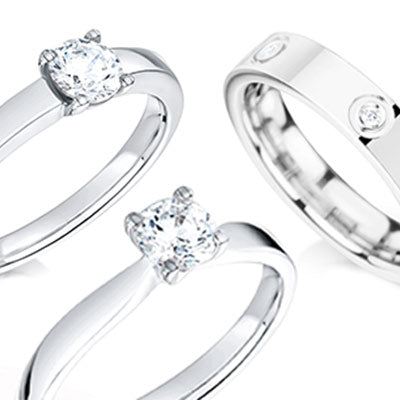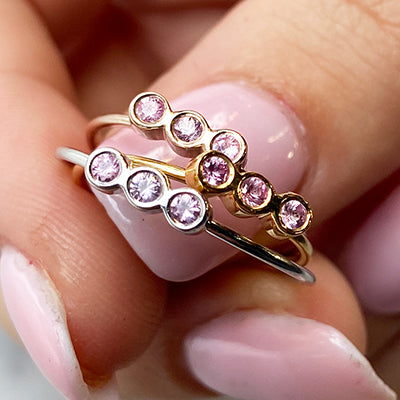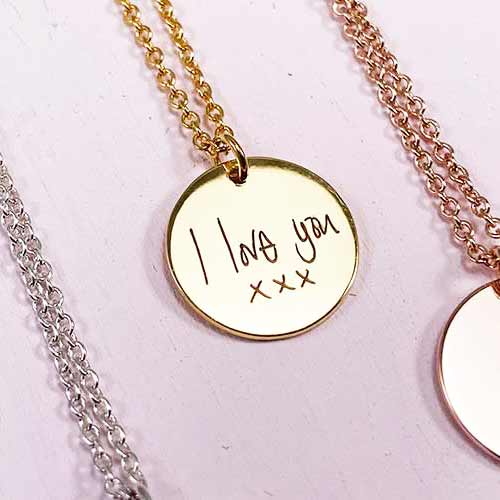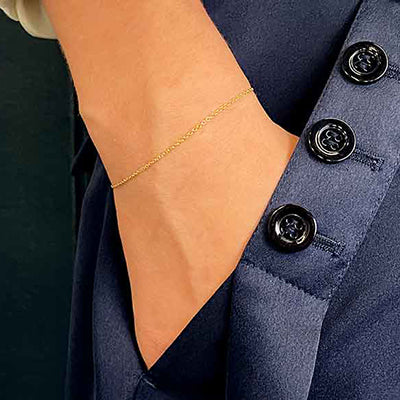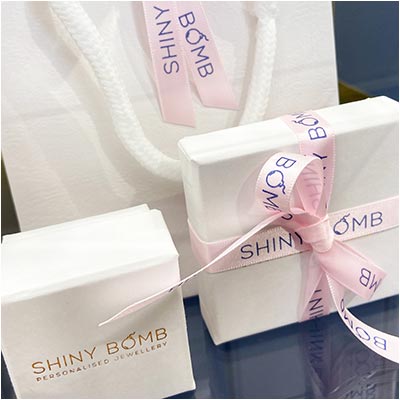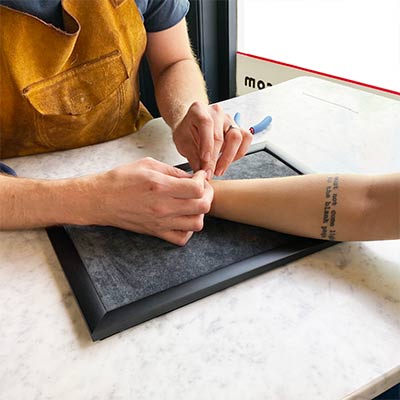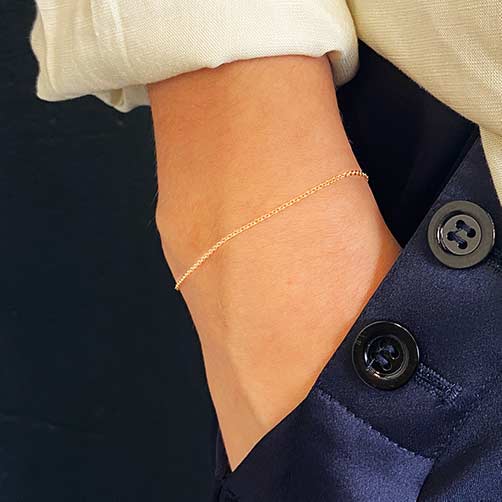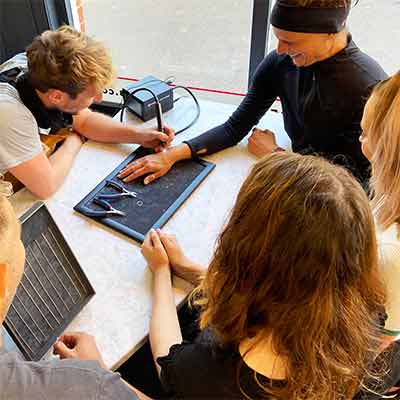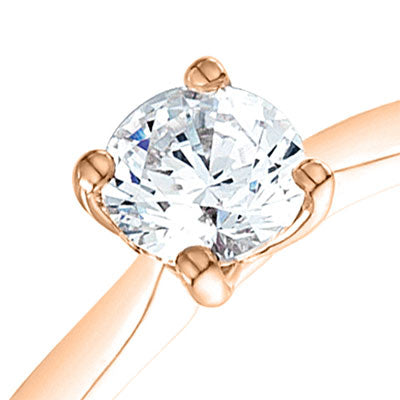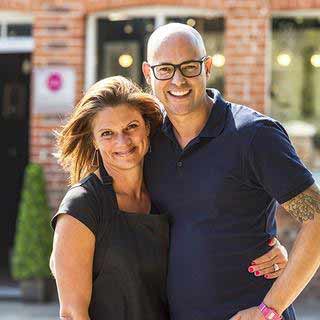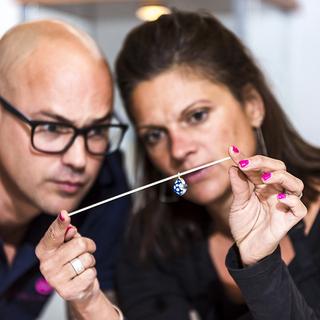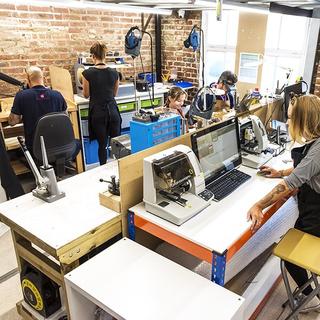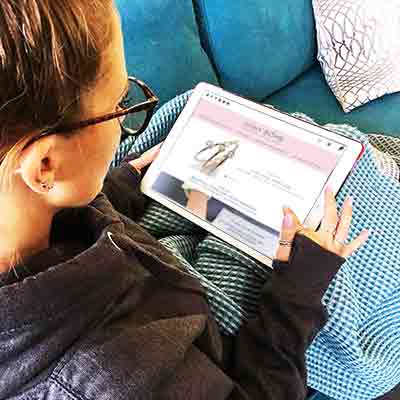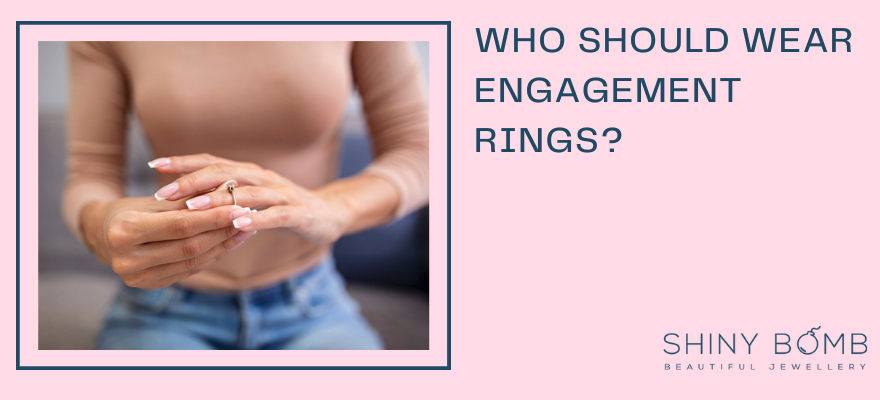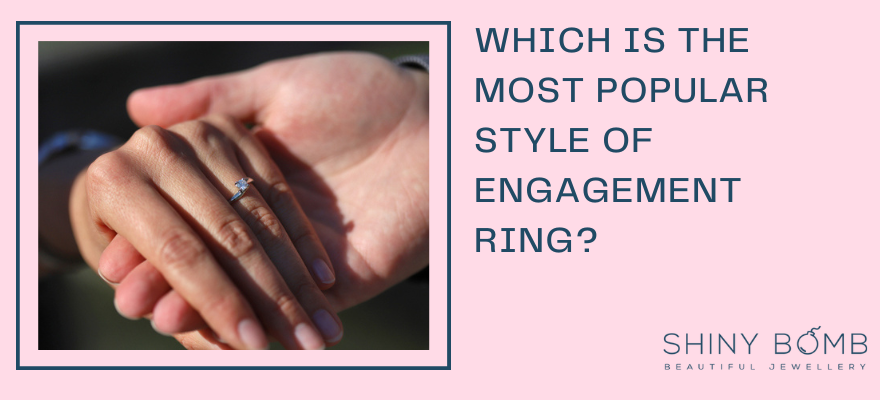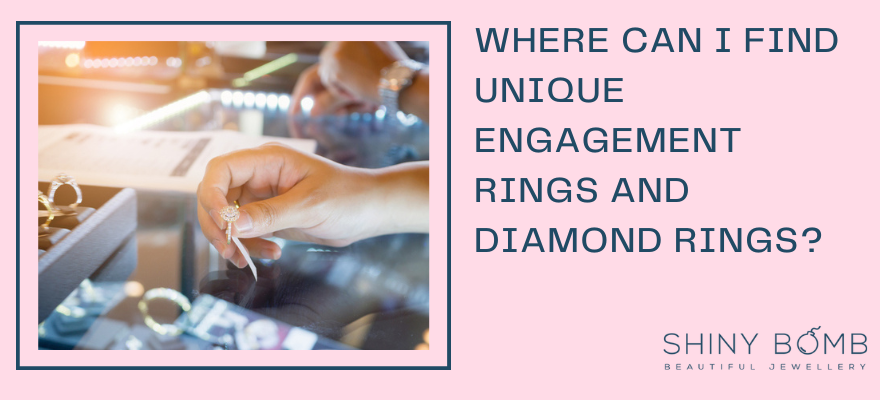
When shopping for an engagement ring, you will face a lot of key decisions. You will need to choose the stone shape, the setting, the band metal and the overall style.
Diamonds have been the go-to choice for engagement rings since the mid 1900s, and this trend is showing no sign of slowing today. But unlike in the mid 1900s, consumers have more choice about the origins of their diamonds.
Lab grown diamond ringsare becoming more popular as individuals look for sustainable and ethical alternatives to mined diamonds. While it is possible to find diamonds that are certified as conflict-free, there is still the concern that purchasing mined diamonds fuels demand, which enables those in conflict regions to profit from illegal sales.
A lab-grown diamond offers many of the same properties as a mined diamond, but for a fraction of the cost and without any of the ethical and moral objections.
Only a jeweller would really be able to determine if a diamond is lab-grown or mined. So if the difference is undetectable to the naked eye, do we really have a case for continuing to mine diamonds?
In this guide, we’ll explore the rise of lab grown diamonds for engagement rings and if you should consider saving money by choosing this route.

What is a lab-grown diamond?
A lab grown diamond is one that is created artificially rather than extracted from the ground. In nature, diamonds are created over billions of years. They are formed deep within the earth where carbon deposits are exposed to high temperatures and pressure.
Scientists have found a way to replicate the process in a laboratory environment, and it only takes around a month to create a diamond, rather than a billion years. Carbon is exposed to high temperatures and pressure in a lab environment and the result is a diamond that is visually identical to one extracted from the ground.
There are two main methods for creating diamonds in a lab. These are CVD, or chemical vapour deposition, and HPHT, or high pressure high temperature.
CVD starts with a small slice of natural diamond which is then exposed to carbon-rich gas at high temperatures. Over time, this causes the carbon particles to stick to the diamond and the crystallise to form a larger diamond.
With HPHT, pure carbon is exposed to high pressure and heat through electrical pulses. The carbon eventually breaks down and forms a diamond.
Experts typically consider HPHT diamonds to be superior, as they do not have the internal markings that are characteristic of CVD diamonds. CVD diamonds will also tend to have a more brown-ish hue.
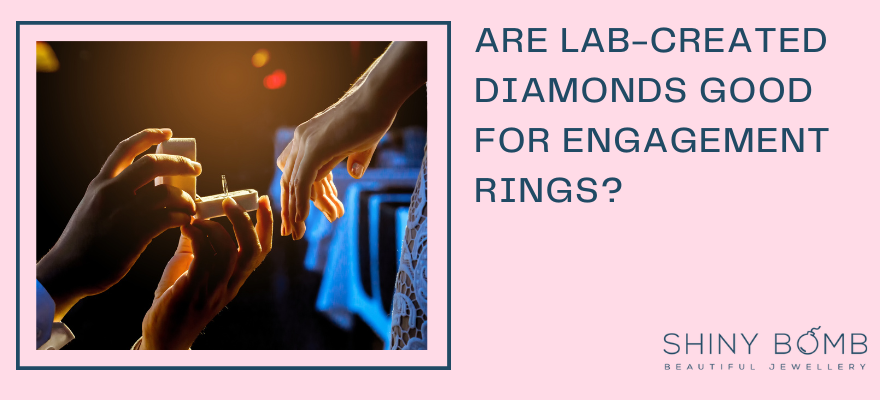
Are lab created diamonds good for engagement rings?
Yes, lab-grown diamonds are an excellent choice for an engagement ring. If you’re on a budget, you can save money by choosing a lab-grown diamond for the ring. They have all of the same visual characteristics of a mined diamond, without any of the associated ethical issues linked to diamond mining.
Diamonds are categorised by the 4 Cs, which are cut, colour, clarity and carat.
- The cut is the shape of the diamond, and the most popular for an engagement ring is a princess cut diamond. Lab grown diamonds can be cut into any shape, since you can control the size and shape of the diamond you create.
- The colour is the hue of the diamond and this can vary from colourless to yellow. Lab grown diamonds typically have excellent colour grading, as the manufacturer can control the type of materials used to make the diamond, which has an impact on the finished product.
- The clarity refers to any inclusions on the diamond. Inclusions are small marks within the diamond which impact the sparkle and shine. Inclusions are the result of impurities present when the diamond was formed. The scale runs from Included to Flawless. Less than 1% of all mined diamonds are flawless. Lab grown diamonds are much more likely to receive a higher clarity grade, because the conditions can be controlled when creating the diamond. Inclusions can be beneficial, as it will help to identify your diamond if it is ever stolen.
- The carat refers to the weight of the diamond, not the size. The carat is one of the biggest factors that determines the price of the diamond. In general, lab-grown diamonds are cheaper than mined diamonds when compared by carat alone. So, if you’re on a budget, you could afford a much larger lab grown diamond for the same price as a mined diamond.

What are the benefits of a lab-grown diamond?
Already, we’re starting to see that lab grown diamonds offer a wide range of benefits. These are just some of the reasons that lab grown diamonds are growing in popularity.
- Greater purity and generally better quality. The conditions under which a lab grown diamond is created are far better controlled than a mined diamond. This means that manufacturers can achieve diamonds that have far fewer visual defects. They can also be brighter and whiter than mined diamonds, without the higher associated price tag.
- Guilt-free option. When you know that your diamond was created in a lab, you can be confident is hasn’t come from a conflict region or been mined in a region known for child labour or human rights violations. Synthetic diamonds have an easily traceable and cruelty-free history.
- More affordable. Lab grown diamonds are cheaper than mined alternatives. This means you can either save money on your engagement ring, or you can spend the same amount and get a much larger diamond.
- Choice of colours. Another popular reason to choose a lab grown diamond is the option to choose different colours. Natural coloured diamonds are rare, and the price will reflect this. However, lab grown diamonds are widely available in a range of colours, so you can still choose this option without spending a fortune. Take a look at our pink diamond rings for inspiration.
- Sustainable option. Diamond mining is not great for the environment, so you can save a huge amount of fossil fuel by choosing a lab grown variety. You can also guarantee that your lab grown diamond will be vegan, which isn’t an option for mined diamonds as animals will often be exploited during the extraction process.
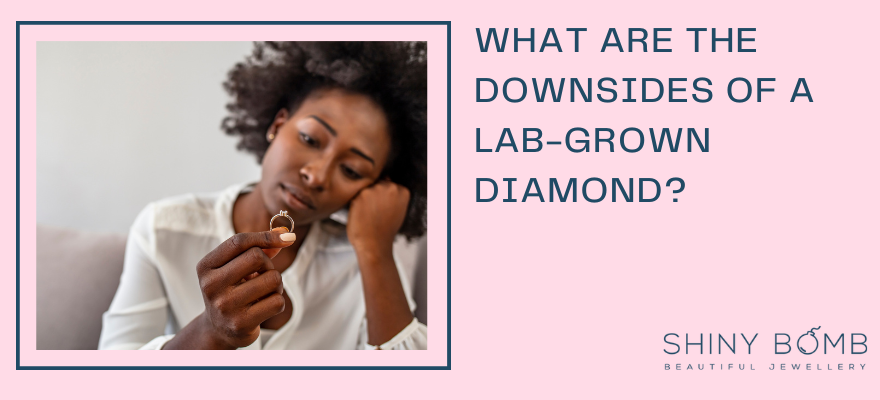
What are the downsides of a lab-grown diamond?
While lab grown diamonds might have some considerable benefits, they are not without their downsides. These are some of the reasons that individuals might turn away from the option to purchase lab grown diamonds.
- They don’t hold their value. It’s true that all engagement ring diamonds will lose their value after purchase, but the resale value for second hand lab grown diamonds is significantly lower than that of a mined diamond.
- Some people don’t think they’re as special. There is a mystique and allure to the prospect of owning something that was formed in the heart of the earth up to 3 million years ago. Lab diamonds don’t have the same rarity and uniqueness.
- Less easily identifiable. When you insure your diamond, the inclusions and marks will be used to identify it. But with a nearly flawless lab grown diamond, there are fewer identifying markers. This could cause problems if your ring is ever stolen and you need to claim it back.

Do lab-grown diamonds retain their value?
No, lab grown diamonds do not retain their value. This is because a diamond’s value is linked to its rarity and uniqueness. Lab grown diamonds can be produced forever and they can also be nearly identical. This means that they don’t have the same value.
Natural diamonds are considered to be an investment, so they can be passed down to the next generation as a family heirloom. With a lab grown diamond, the cost is associated with the manufacturing process. And the greater the supply, the less value they will have.
If you are looking to make an investment, then a lab grown diamond isn’t the right option for you. But if you just want to make a statement and you know your partner would appreciate a larger diamond, then a lab grown diamond is an excellent choice.
How long do lab-grown diamonds last?
Lab grown diamonds are just as strong and durable as a mined diamond. They have the same physical properties, so you don’t need to worry about your diamond breaking. It should last a lifetime and then some.
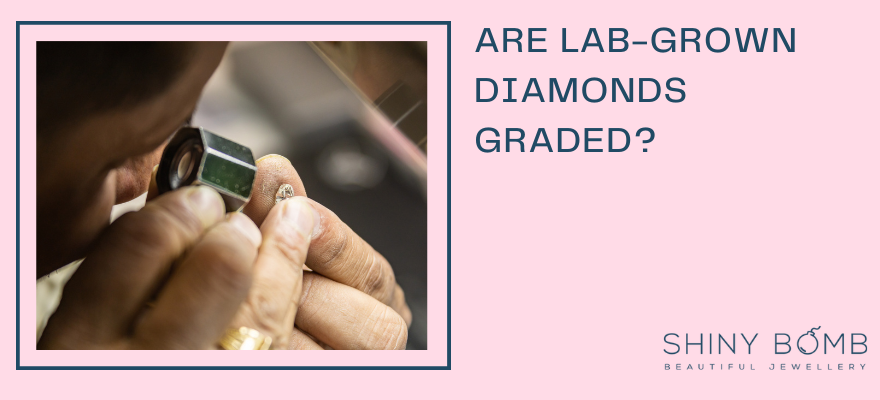
Are lab-grown diamonds graded?
Yes, just like mined diamonds, lab-grown diamonds are also graded according to strict requirements. Grading laboratories include GIA and IGI. Usually, only diamonds above 0.25 carats are graded, because the process is expensive and precise, and usually not worth the effort for smaller stones.
Your diamond certificate will specify that your diamond is lab grown and it will also include all of the same features included on a mined diamond certificate. This includes:
- The shape/cut
- Measurements
- Carat weight
- Colour grade
- Clarity Grade
- Polish
- Symmetry
- Fluorescence
- Clarity characteristics
- Proportions
- Location of inclusions
Without the certificate, you’ll have no way of knowing if a diamond is authentic. If a solitaire diamond is larger than 0.25 carats, it’s important to confirm that this comes with an official certificate. The certificate may also be required before you can

Should you buy a lab grown diamond or a mined diamond?
If you’re on the fence between a lab grown diamond or a mined diamond, there are a few questions you should ask yourself.
1. Is your partner concerned about sustainability or ethical practices? If these are things that matter to them, they will certainly appreciate the thought of a lab grown diamond. If you’re not sure, ask their friends and family if they would be on board with a lab grown diamond.
2. Has your partner expressed a wish to have a real diamond? Some people are aware of the implications of mined diamonds, but still believe that the rarity is what makes it special. And some people are unaware of the implications and unlikely to be swayed if they learn about the downsides of natural diamonds. Think about your partner and if they would be upset or offended if you give them a lab grown diamond.
3. What is your budget? Your budget might be the final deciding factor in determining if you go for a lab grown diamond or a mined diamond. If you want to save money or get a larger stone, then a lab grown diamond is the way to go. Remember that no one will know it isn’t a mined diamond and it won’t be obvious to the naked eye. But a jeweller will be able to tell, so it’s best to be honest about the origins of the ring.
4. Are you looking for a specific stone? If you are looking for a coloured stone, you might be best choosing a lab grown diamond. Coloured stones are much more rare and you’ll be limited in choice if you choose a mined diamond. But with a lab grown diamond, you’ll have far more choice over the size, cut and colour.
Need more ideas? Browse this year's top engagement ring trends on our blog.
Conclusion
Lab grown diamonds might be growing in popularity, but not everyone is ready for this shift yet. Before you choose a lab grown diamond for your partner, make sure you have considered the alternatives.
If you know that your partner will appreciate the ethical and sustainable side of lab grown diamonds, then proceed with confidence. However, if you think that your partner might be upset that they don’t have what many consider to be a “real” diamond, then you might have some convincing to do.
Remember that you’ll get more diamond for your money when you choose a lab grown diamond, but it won’t hold its value in the same way. And while a professional will know the difference between a lab grown diamond and a mined diamond, they look identical to the naked eye.
There is a lot to consider before choosing a diamond for an engagement ring, so be sure to do your research and make sure you are confident you know exactly what you’re getting before you move forward.

